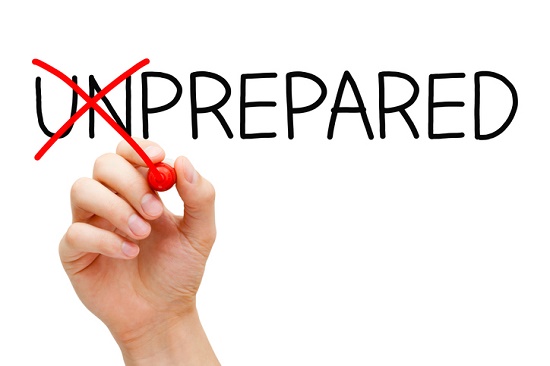
Getting new hearing aids is an intensely personal and individual process and there are no one-size-fits all models. To get the most out of your hearing aids, set yourself up for success by following these tips and work with a qualified hearing care professional.
Keep the following steps and questions in mind:
Before your hearing test appointment
At your hearing test, three things will happen: your hearing care professional screens your hearing, examines the results, and will then help you go through the process of deciding whether or not hearing aids are appropriate for you at this time. It’s important to compile a list of critical questions before you attend this hearing test appointment.
Cover these questions (and others if you have them):
Do I have hearing loss, and if so, to what extent? Is it mild, moderate, severe, or profound?
Can hearing aids help, and do I need them for both ears?
What type of hearing aids are best for my situation?
How can I balance getting the right features with the price?
What are my financing options for hearing aids? (Insurance, installments, payment plans, state programs, etc.)
During the appointment
If the results of your hearing test come back normal, hearing aids may not be required, and you’ll have a baseline test to compare future hearing tests.
If you test positive for a level of hearing loss, and that you could benefit from hearing aids, your hearing care professional will review your options with you.
While selecting a hearing aid brand, there are several variables to consider. Don’t forget to cover these essentials:
Programmability – most hearing aids are digital and programmable to match the exact specifications of your individual hearing loss. This is crucial; if someone tries to sell you a hearing instrument right out of the box with no adjustment necessary, it probably won’t work the way you want it to.
Style – hearing aids come in a wide array of sizes and styles. Some models sit behind the ear. Some fit entirely within the ear canal. You’ll want to balance price, ease-of-use, functionality, and aesthetics in making your decision.
Wireless connectivity – Quite a few of today’s hearing aid models connect wirelessly to compatible smartphones. That way, you can discreetly adjust volume and settings, send phone calls directly to your hearing aids, and even stream music all without any wires or the need for a separate hearing aid remote control.
Advanced features – some hearing aids come equipped with additional advanced features, like directional microphones to enhance speech, background noise reduction, environmental settings, and telecoils for clearer phone calls. You may also want to forgo some of these options and opt for a more cost-effective model.
This may all seem confusing, but your hearing care professional is trained to help guide you through the decision-making process. Of course, if someone tries to rush or steer you to a decision without addressing your questions, that should be a red flag.
At home
Once you’ve selected your hearing aids and had them programmed by your hearing care professional, you’re ready to bring them home. But you should keep two things in mind.
First, don’t expect to fall in love with your hearing aids immediately. You’ll likely be hearing sounds you haven’t heard for a few years; the overall sound may seem strange at first. This is perfectly normal and, after a few weeks, will subside.
We recommend starting small at home. Try watching a movie and paying particular attention to the dialogue, engage in one-on-one conversations in a quiet room, and try listening to music and picking out or following certain instruments.
Even though hearing aids may be uncomfortable on the first few insertions, do try to wear them throughout as much of the day as you can, putting them in when you wake up and taking them out before bed. This will speed up the adjustment process, and after a few weeks, you’ll be glad you put in the effort.
Important Point: If you’re struggling remember that your hearing aids can be adjusted! If you continue having difficulty hearing or adapting to your new soundscape, please schedule a follow-up visit with your hearing care professional to fine-tune the settings.
Second, Proper daily maintenance is essential to keep your hearing aids functioning the best they can. This means daily cleaning, proper storage, and managing your battery supply.
You can make these tasks easier on yourself with the right tools and habits. Hearing aid cleaning kits, storage cases/sanitizers, and batteries can all be supplied, with tips, from your hearing care professional.
After a short period of adjustment, you’ll be prepared to enjoy the all the benefits of better hearing. If you have any other questions about hearing aids, or the process of acquiring them, give us a call!
